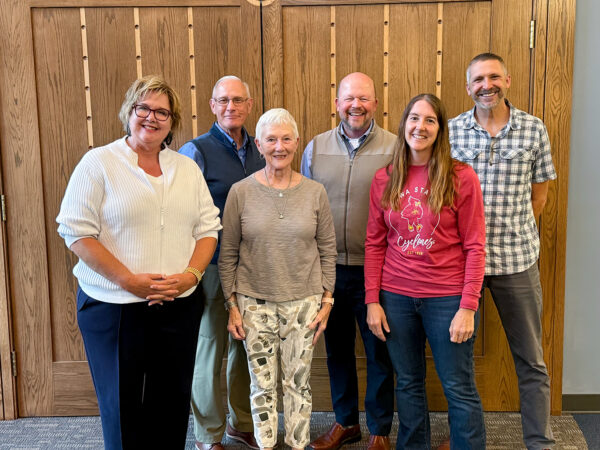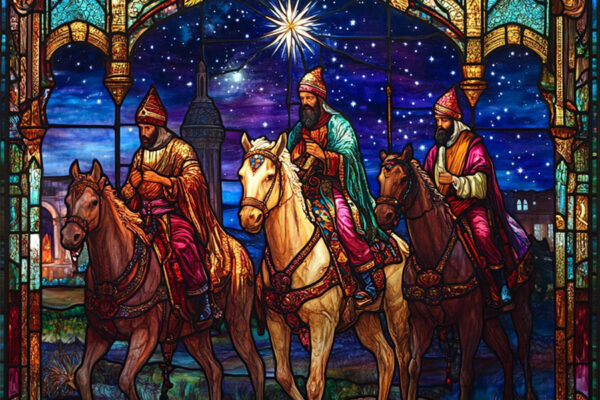Symbol power
While attending Yale Divinity School years ago, I had the fun of playing on the intramural hockey team for Calhoun College, one of Yale’s undergraduate colleges. My teammates were kind enough to embrace me as a de facto “hounie,” even if our lives only intersected once a week on the ice.
Calhoun College has a new name, if you didn’t catch the news earlier this year. After heated debate between people of strong opinion, Yale’s president announced that the college would no longer bear the name of this one-time vice president. John C. Calhoun’s legacy, championing white supremacy and promoting slavery as a “positive good,” stood in direct opposition to the university’s deeper values, noted President Peter Salovey.
On first hearing, I worried about Yale’s decision, wondering if it was a fool’s errand to try and rewrite history, essentially buying into a politically correct game that has no end. After all, what would we do with Mount Vernon, Monticello, and Montpelier, the homes of slave-owning presidents? What about the Jefferson Memorial in Washington? Yet the more I came to terms with the power of symbols in our national psyche, the more it seemed that nuance has to play a greater role than it often does. Calhoun intentionally distinguished himself by his white supremacist views, not in spite of them.
We haven’t heard the end of these struggles over symbols. That’s just fine, to my thinking. In the words of President George W. Bush, “A great nation doesn’t hide its history. It faces its flaws and corrects them.”
New Orleans recently removed four landmark statues of Confederate leaders from its streets. Mayor Mitch Landrieu, in a powerful speech to unite the city, described the difference between “remembrance of history and reverence of it.” Pondering the reality of a fifth-grade African-American girl looking up at General Robert E. Lee atop a 60-foot Doric marble pedestal, Landrieu asked: “Can you look into that young girl’s eyes and convince her that Robert E. Lee is there to encourage her? Do you think she will feel inspired and hopeful by that story?” Lee and others didn’t fight for the United States; they fought against it and against her full humanity.
These statues of Confederate generals are not disappearing. They will reappear in a public place, set in fuller context. We don’t have to fear confusing this with the de-Stalinization of the Soviet Union, or China’s blind eye towards Tiananmen Square. Landrieu isn’t interested in erasing history. In deshrining these “heroes” Landrieu cares more about “righting the wrong image,” and “making straight what has been crooked.”
These are important words spoken in a city that once served as America’s largest slave market – a city where, to this day, no prominent markers on public land exist to note where the slave blocks once stood, or the many lynchings occurred, or where slave ships once docked. Yes, there is a big difference between remembering history and reverencing it. All of us should challenge ourselves to navigate the difference.
___________________
Copyright © 2017 Peter W. Marty. All rights reserved. Any use of this material must be attributed to Peter W. Marty. To reproduce this material in published format, please contact Peter.





John Gosma
Thanks, Peter, for setting a few things straight. It’s one thing to idolize history. It’s another thing to re-write it.
John